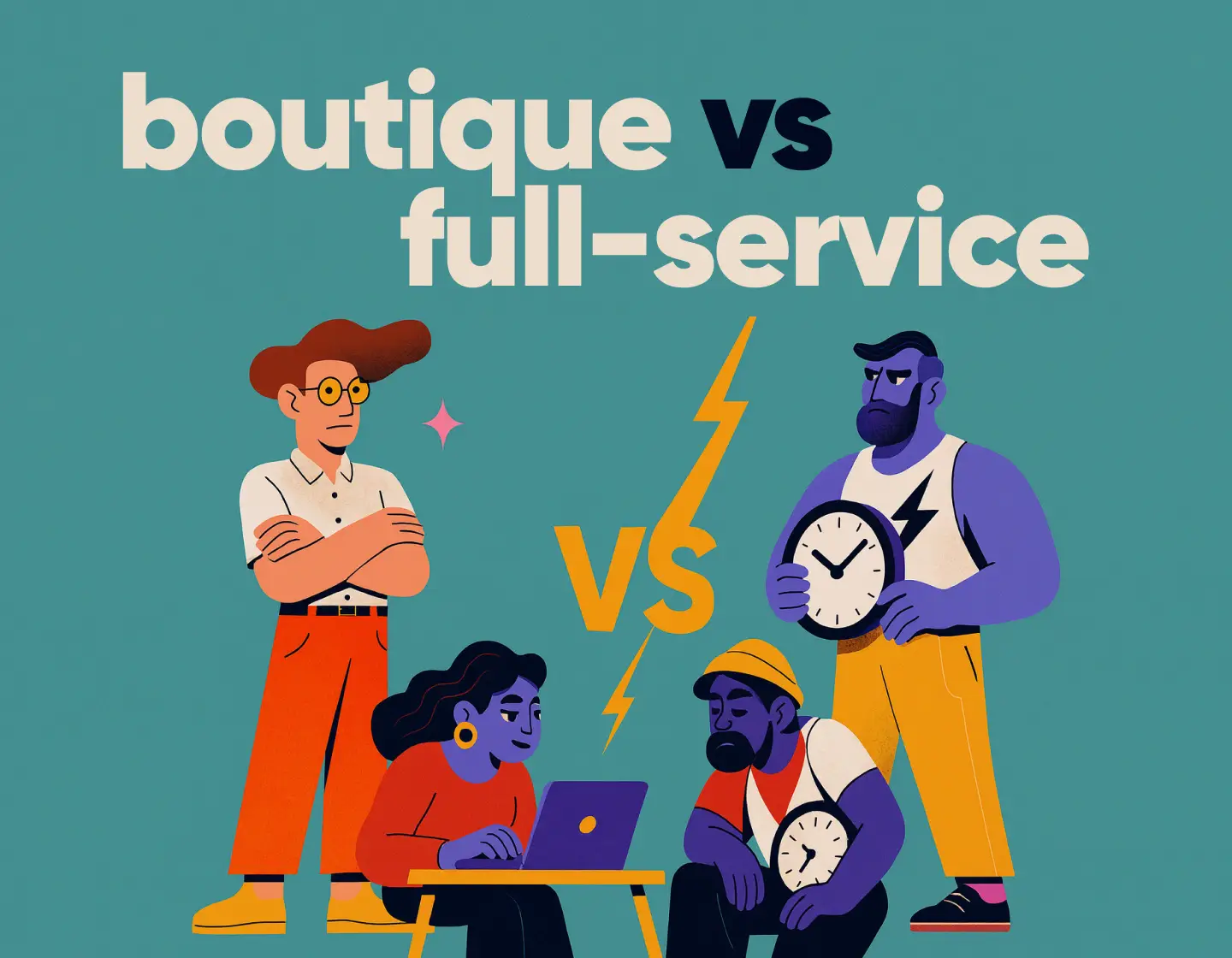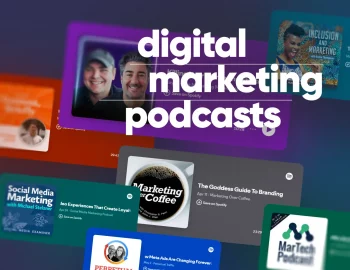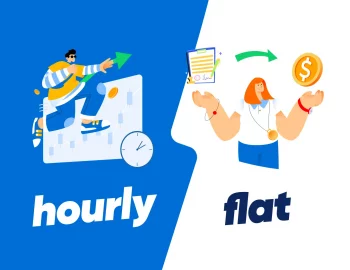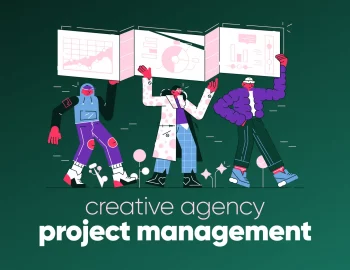So, you’re dreaming about turning your freelance practice into a legit agency – but now you’re stuck on a big question – boutique creative agency vs full-service agency… which one actually makes sense for you?
It’s a tough call, especially when everyone seems to have a different opinion. Maybe you love staying hands-on and focused, or maybe you’re curious about offering the whole package. Either way, this guide is here to help. I’ll break it all down – the real pros, the real tradeoffs – so you can make a smart move that actually feels right for your goals.
1. The Boutique Creative Agency Model
If you’re naturally drawn to doing deep, creative work and being known for a specific “thing” – branding, visual storytelling, strategy, you name it – the boutique model might already be calling your name.
A boutique creative agency is usually small by design. It specializes in a narrow set of services and leans into craft, personality, and connection. Clients aren’t coming to you because you offer everything under the sun – they’re hiring you because you do one thing really well, and it shows.
Pros of the Boutique Agency
- Creative immersion: You get to stay close to the work you love, instead of managing tons of moving parts.
- Clear identity: It’s easier to build a strong, recognizable voice and point of view.
- Simplified operations: Lower overhead = less pressure to scale fast or say yes to everything.
- Knowledge experts: Clients tend to see you as an expert, not a generalist.
Cons of the Boutique Agency
- Perceived limitations: Some clients may pass if they’re looking for a “one-stop shop” experience.
- Growth limitations: There’s a natural ceiling unless you raise your rates or grow slowly and intentionally.
- Limited resources: You’ll likely need to bring in partners or freelancers for things outside your core zone.
So if you’re thinking, “I just want to do great work with cool clients and not build a massive agency,” this path might be a sweet spot.
2. The Full-Service Agency Model
A full-service creative agency is built to offer a broader range of solutions, all under one roof. Think: one team handling everything from brand identity and website development to email campaigns, SEO, and digital marketing services. For clients, it’s easy. One partner, fewer moving parts, big-picture thinking.
This model usually means a bigger team (or at least a network of go-to collaborators), more project layers, and more long-term client relationships. It also means stepping more into a director role over time – guiding the work, not necessarily doing it all yourself.
Pros of the Full-Service Agency
- All-in-one appeal: Attracts clients with bigger budgets who want convenience and consistency.
- Bigger project potential: You can take on larger, more complex projects that span multiple disciplines.
- Stronger client retention: Offering a wide range of services can keep clients coming back for multiple needs over time.
- Faster growth potential: You can grow faster by offering more, especially with the right systems and team.
Cons of the Full-Service Agency
- Higher overhead costs and more complexity (aka: creative project management becomes real real).
- Diluted creative focus: It can be harder to maintain a clear, signature style or specialty when you’re doing everything.
- More moving parts: You’ll likely spend less time designing and more time leading, delegating, and managing.
So, if you’re into big-picture thinking, love bringing multiple disciplines together, and don’t mind stepping back from the hands-on work as you grow, this model could totally be your thing.
3. Side-by-Side Comparison
Sometimes, it’s easier to get clarity when you can literally line things up. So here’s a quick comparison to help you see how the two models stack up – not to pick a “winner,” but to figure out what feels more you.
| Factor | Boutique Agency | Full-Service Agency |
|---|---|---|
| Core Focus | Deep, specialized expertise in one or two services | Wide range of creative & marketing services |
| Team Size | Specialized, small team – often 1-5 people | Larger, more layered teams or departments |
| Client Type | Startups, personal brands, niche industries | Mid-size to larger businesses, growing startups |
| Creative Control | High – you stay in close to the work | More shared – you manage the vision, not every detail |
| Operations | Lean, Agile, less overhead | Structured, with more systems and coordination |
| Scalability | Slow and steady – often values sustainability | Faster, but requires solid systems and leadership |
| Positioning | Known for doing one thing exceptionally well | Positioned as a strategic partner across many needs |
| Collaboration | Partners brought in as needed | In-house team or recurring freelance collaborators |
| Client Expectations | Depth, quality, personal attention | Convenience, breadth, consistent delivery |
4. How Your Strengths and Vision Fit In
At the end of the day, choosing between a boutique firm vs a full-service creative agency isn’t just about what sounds impressive – it’s also about what feels right for you. Your strengths, your working style, your creative energy… all of that matters more than any trend.
Some creatives thrive when they can go deep on one craft and really own it. Others light up when they get to lead a team and bring lots of moving parts together. Neither is better – they’re just different ways of building something great.
Here are a few questions to help you reflect:
- Do you love doing the work yourself?
- What kind of clients energize you?
- Are you excited by the idea of offering more services, or does that feel like too much noise?
- What kind of day-to-day do you want as a founder?
And maybe most importantly: What do you want to be known for?
There’s no wrong answer here. Whether you choose a boutique agency or a full-service creative firm, the goal is to build something that aligns with your strengths and your vision, so it supports the kind of work, team, and lifestyle you actually want to create.
5. How to Scale (Gradually) No Matter What You Choose
No matter which path you lean toward – boutique or full-service – scaling your agency doesn’t have to mean going all in, all at once. You can grow gradually, at a pace that feels doable, and build your business around your capacity, not someone else’s version of success.
Here’s how you might ease into things in each model:
If You’re Building Boutique…
Start by tightening your specific niche. What do people really come to you for? Sharpen your offerings, clarify your voice, and start systematizing the client experience. Then, slowly bring in trusted creative partners for anything outside your wheelhouse – web development, copywriting, or packaging design, for example.
You stay the lead. You own the vision. They help you expand without losing focus.
If You’re Going Full-Service…
Begin by expanding just one layer at a time. For example, if you already offer branding and web design, you might add on SEO or email marketing through a trusted contractor. Use those early projects to test your workflow, build out templates, and learn how to manage multi-service clients smoothly.
Eventually, you can start hiring specialists (freelance or in-house) and developing strong internal systems – think: project managers, onboarding docs, repeatable processes. The goal? To keep things scalable without turning into a chaotic, overbooked mess.
6. Questions to Ask Yourself Before Choosing a Boutique vs a Full-Service Creative Agency
Whether you choose to stay boutique vs build something full-service, what matters most is building a creative agency that resonates with who you are, how you like to work, and where you want to go.
So before you rush to pick a lane, take a beat and sit with these questions:
- What kind of work do I want to spend most of my day doing?
- Do I enjoy being deeply involved in the creative process, or do I prefer to be in a director/strategy role?
- What am I already known for – and do I want to double down on that or branch out?
- Am I energized or overwhelmed by the idea of managing more services and people?
- Who are your dream clients, and what do they need most?
- What does “sustainable growth” look like for me?
Your answers don’t need to be perfect, and they’ll probably evolve as you do. But asking the right questions early on will help you design a studio that’s not just impressive on paper, but truly joyful and rewarding to run.
Bottom line?
There’s no “right” agency type – only the one that’s right for you. Both boutique and full-service creative agencies can be wildly successful, but success looks different depending on your vision, strengths, and values.
If you love going deep, keeping things simple, staying close to the creative, and having direct contact with clients, then a boutique studio might be your sweet spot. If you’re energized by scaling, leading a team, and offering holistic solutions, the full-service agency model could be a perfect fit.
There’s no need to rush or force yourself into whichever of these two creative business models just because it looks good from the outside. You get to build this your way – step by step, with intention.
So give yourself permission to explore, test, and adjust as you go. Because the most fulfilling agency? It’s the one that supports the kind of work you love doing and the kind of life you want to live.
Interested in further levelling up your creative agency game? Here are a few suggestions for your next read:





